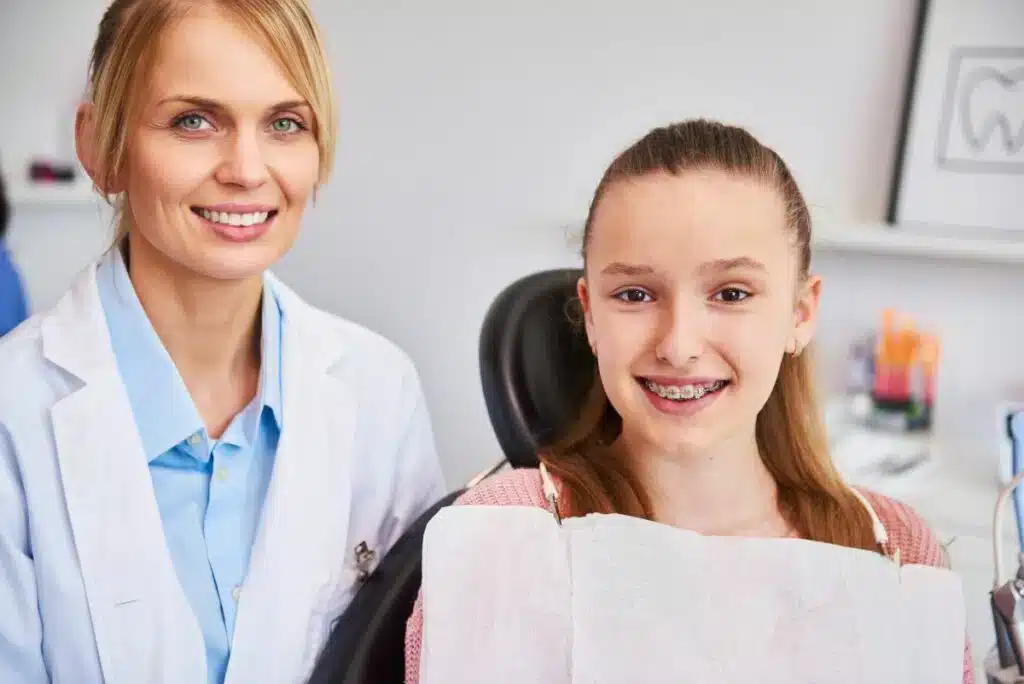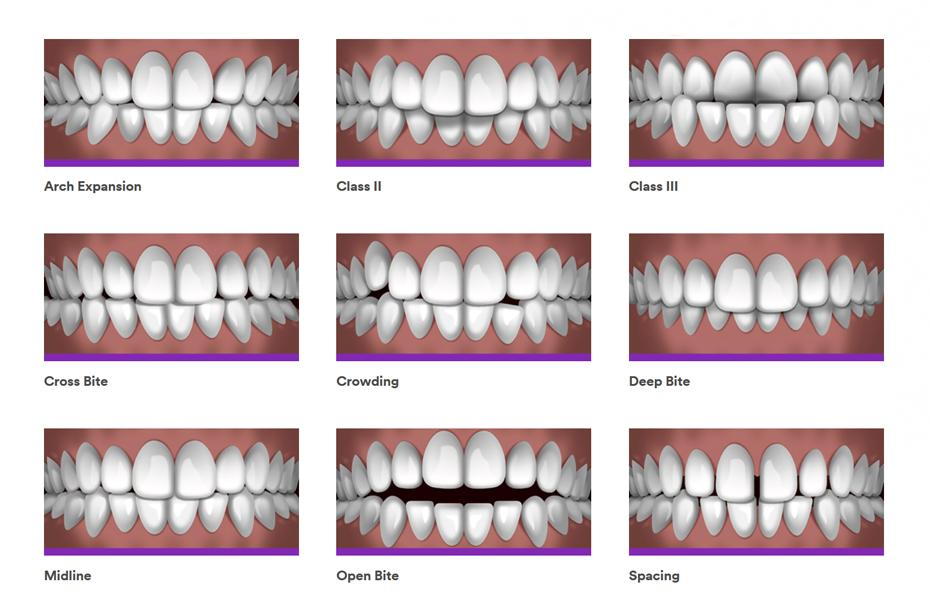Causey Orthodontics Fundamentals Explained
Causey Orthodontics Fundamentals Explained
Blog Article
Not known Facts About Causey Orthodontics
Table of ContentsCausey Orthodontics - The FactsCausey Orthodontics Can Be Fun For EveryoneSome Ideas on Causey Orthodontics You Need To KnowCausey Orthodontics - An OverviewAn Unbiased View of Causey Orthodontics
Ignoring occlusal partnerships, it was normal to remove teeth for a selection of dental concerns, such as malalignment or overcrowding. The concept of an undamaged dentition was not commonly appreciated in those days, making bite relationships seem unnecessary. In the late 1800s, the idea of occlusion was essential for developing trustworthy prosthetic replacement teeth.As these ideas of prosthetic occlusion progressed, it came to be a vital tool for dental care. It was in 1890 that the work and influence of Dr. Edwards H. Angle began to be really felt, with his payment to modern orthodontics specifically noteworthy. Focused on prosthodontics, he instructed in Pennsylvania and Minnesota prior to directing his interest towards dental occlusion and the therapies needed to maintain it as a regular problem, therefore becoming understood as the "papa of contemporary orthodontics".

The principle of excellent occlusion, as postulated by Angle and incorporated into a classification system, enabled a shift in the direction of dealing with malocclusion, which is any type of variance from typical occlusion. Having a complete set of teeth on both arcs was extremely searched for in orthodontic therapy due to the demand for precise relationships in between them.
A Biased View of Causey Orthodontics
As occlusion came to be the key top priority, face proportions and aesthetics were ignored - orthodontist near me. To accomplish excellent occlusals without using outside pressures, Angle postulated that having ideal occlusion was the most effective means to gain optimal face aesthetics. With the death of time, it ended up being fairly apparent that even an extraordinary occlusion was not ideal when considered from an aesthetic perspective
Charles Tweed in America and Raymond Begg in Australia (who both examined under Angle) re-introduced dental care removal right into orthodontics throughout the 1940s and 1950s so they can boost face esthetics while likewise making sure far better security concerning occlusal relationships. In the postwar period, cephalometric radiography begun to be made use of by orthodontists for gauging modifications in tooth and jaw setting brought on by growth and therapy. It came to be noticeable that orthodontic treatment might adjust mandibular development, leading to the formation of useful jaw orthopedics in Europe and extraoral pressure steps in the US. Nowadays, both useful home appliances and extraoral gadgets are used around the globe with the objective of modifying development patterns and types. As a result, pursuing real, or at the very least improved, jaw partnerships had actually ended up being the main purpose of treatment by the mid-20th century.
The Main Principles Of Causey Orthodontics
 Up until the mid-1970s, braces were made by wrapping metal around each tooth. https://padzee.com/causeyortho7., it came to be feasible to rather bond metal brackets to the teeth.
Up until the mid-1970s, braces were made by wrapping metal around each tooth. https://padzee.com/causeyortho7., it came to be feasible to rather bond metal brackets to the teeth.Andrews provided an informative interpretation of the perfect occlusion in long-term teeth. This has actually had significant results on orthodontic therapies that are carried out regularly, and these are: 1. Appropriate interarchal connections 2. Appropriate crown angulation (idea) 3. Right crown disposition (torque) 4. No turnings 5. Tight get in touch with points 6. Flat Curve of Spee (0.02.5 mm), and based on these principles, he discovered a therapy system called the straight-wire device system, or the pre-adjusted edgewise system.
The benefit of the layout depends on its bracket and archwire combination, which requires only marginal cord flexing from the orthodontist or medical professional (orthodontist expert). It's aptly named hereafter feature: the angle of the slot and thickness of the brace base eventually identify where each tooth is situated with little demand for additional control
The smart Trick of Causey Orthodontics That Nobody is Discussing
Both of these systems utilized identical brackets for each tooth and required the flexing of an archwire in three aircrafts for locating teeth in their preferred positions, with these bends determining ultimate placements. When it involves orthodontic appliances, they are separated into two kinds: removable and repaired. Detachable appliances can be handled and off by the person as required.

Thus, nearly all modern set home appliances can be considered variants on this edgewise home appliance system. Early 20th-century orthodontist Edward Angle made a major payment to the world of dental care. He created 4 unique device systems that have actually been used as the basis for lots of orthodontic treatments today, preventing a few exemptions.
The Facts About Causey Orthodontics Revealed

The cord finished in a thread, and to relocate it ahead, an adjustable nut was used, which enabled a boost in circumference. By ligation, each specific tooth was affixed to this expansive archwire (Causey Orthodontics). As a result of its restricted range of movement, Angle was unable to attain accurate tooth positioning with an E-arch
These tubes held a firm pin, which could be rearranged at each visit in order to relocate them in location. Dubbed the "bone-growing device", this contraption was supposed to motivate much healthier bone growth due to its possibility for transferring pressure directly to the origins. Executing it proved frustrating in truth.
Report this page